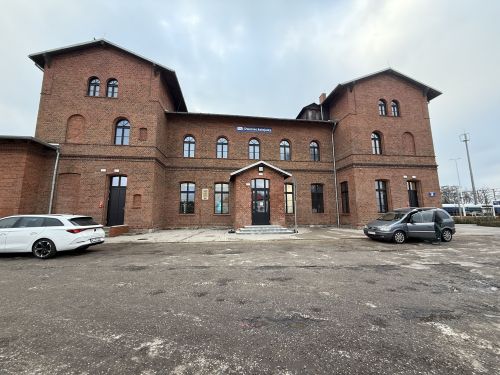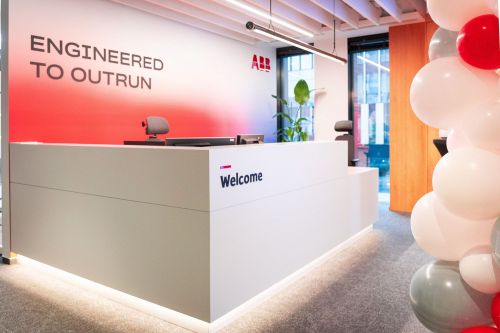While the main focus at the moment might be on the damaging effects of the credit crunch on other forms of real estate, such as the investment and residential markets, the crisis is inevitably going take its toll on the industrial sector Nathan North In early December, Cushman & Wakefield announced that after years of record growth, the Czech industrial market had finally peaked and would fall short of the record figures achieved in 2007. This is ominous news for neighbouring markets, because what happens in the Czech Republic today tends to come to the rest of the region tomorrow – as Ferdinand Hlobil, head of the Central European Industrial Department at Cushman & Wakefield, puts it: “The macro-cycle in the Czech Republic is historically quicker than in much of the rest of the CEE region.” On the face of it, the figures actually do not look so bad.






























































